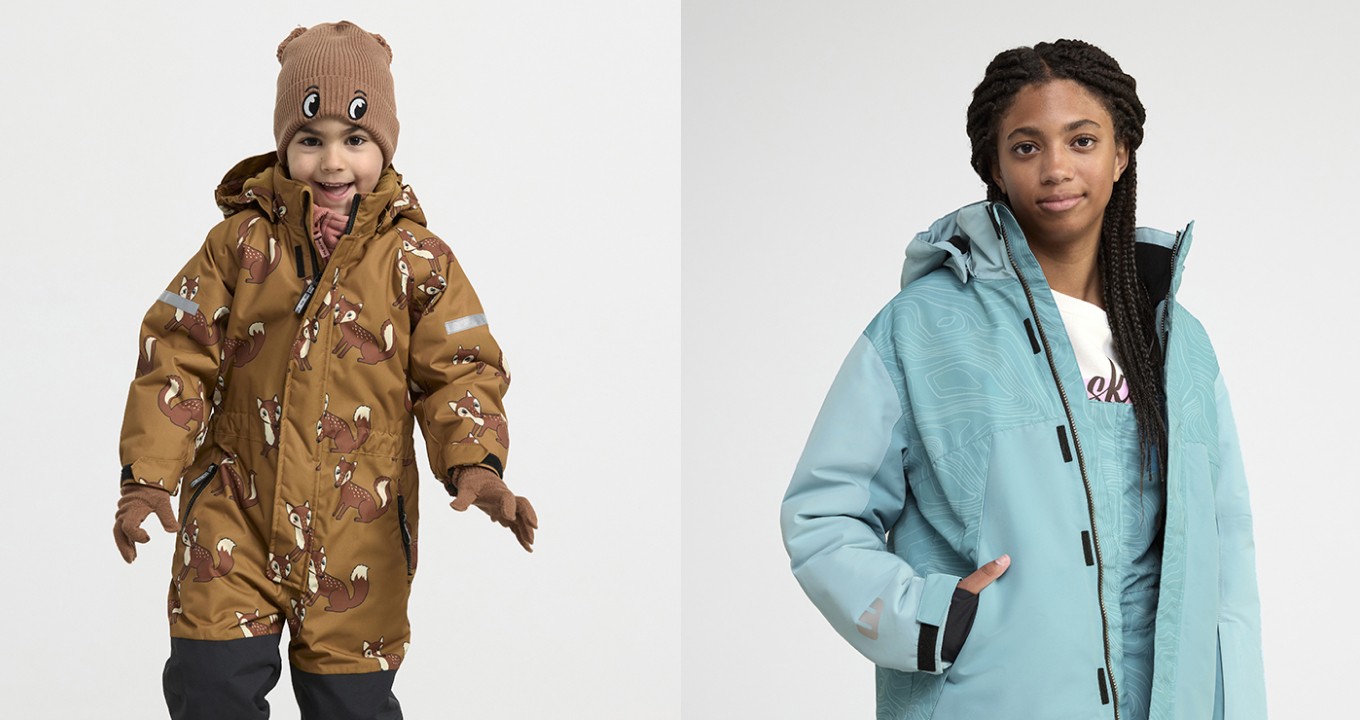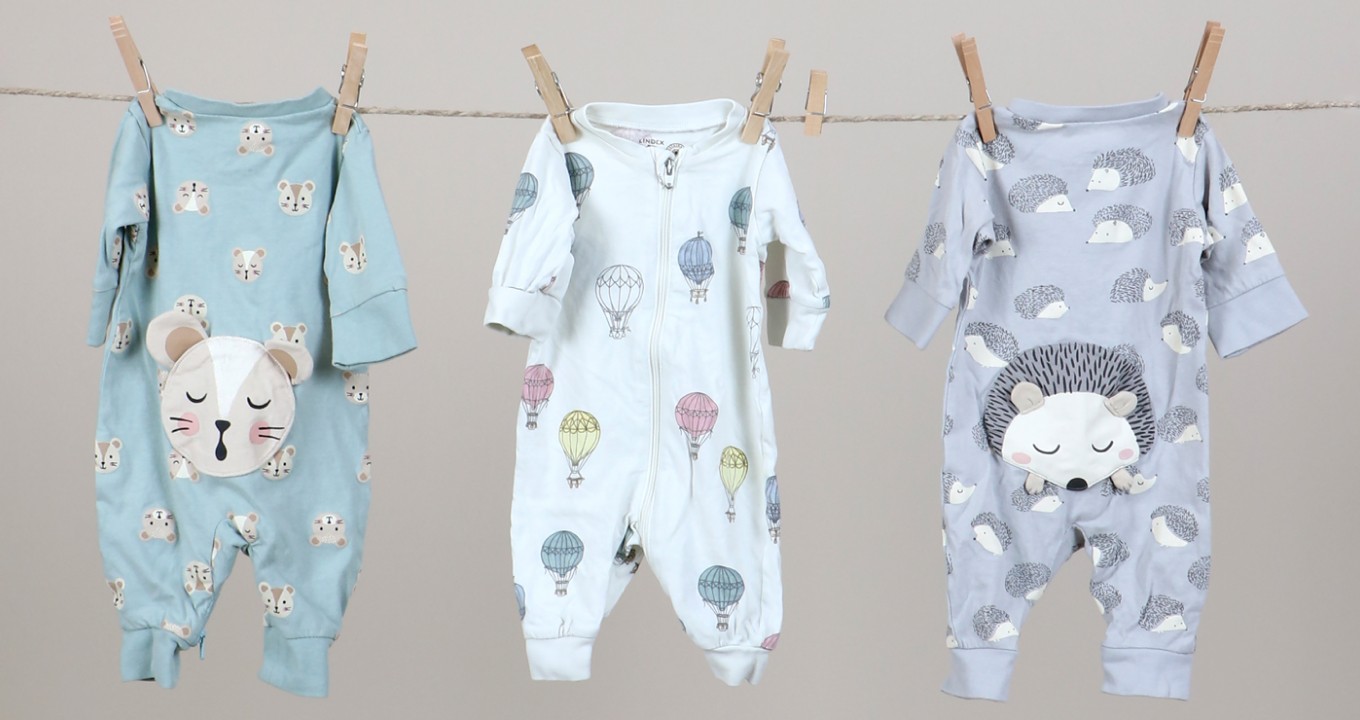“Benchmarking competitors is very hard work to try to do manually. We are looking at it from many different angles. You could gather: price architecture, historic pricing, price analysis, product architecture.”
Pia Ekholm, Design and Buying Manager for Womenswear at Lindex talks about why they were seeking a pricing solution. “We know our business inside and out but we wanted a platform where we could see competitor data that is only a click away. Things that you can easily look up in order to benchmark towards your own offer and see, why are we different here? Is it good or not? Should we change or not?”
Read on to discover how Lindex went about fulfilling their requirements.
By the Numbers
Lindex was founded in 1954 in Alingsås, Sweden and is now based out of Gothenburg, Sweden. An international fashion company with about 4000 employees, and 440 stores in 18 markets. Lindex doesn’t own any factories, partnering instead with selected independent suppliers for manufacturing.
The five production offices across Asia and in Turkey work in close collaboration with the design and buying departments to develop and produce the collections. Says Ekholm, “We are comprised of three major business areas: womenswear, lingerie, and kidswear. Each is approximately the same size in terms of turnover.”

The Search
Ekholm describes the hunt for a pricing platform. “In 2019 our selection team, consisting of myself, a designer and a buyer were tasked with investigating tools to assist with competitive comparison. We searched and found a few potential candidates. Then the pandemic struck and we took a little pause.”
The team was able to resume their efforts and ended up selecting Centric Market Intelligence™ (formerly StyleSage), an AI-driven analytics and product matching solution. The functionality and proven track record was what won Lindex over. “We decided on Centric Market Intelligence because of the maturity of the product. We looked at an alternative solution but we didn’t feel like they were quite there yet; they seemed too much like a startup while Centric Market Intelligence is tested, it’s validated and has big name clients.”
All Aboard for Data-Based Decision Making
Ekholm lists the departments that are taking advantage of the tool. “Controllers merchandisers, designers and buyers are using it. We try to involve as many roles as possible, but it is the controllers, buyers and merchandisers that use it the most; that’s where we get the return of investment—when we find changes that we can improve, based on the data.
“The merchandisers in our global sales department are looking into optimizing discounting as much as possible. If you don’t have the data, it’s a little bit of a guessing game. What we really needed was a lot more data in order to base our decisions on facts and not feelings.”
Ekholm gives examples of some of the things the merchandisers are looking for. “Why are we discounting more, perhaps in certain periods? And in what periods are our competitors doing it? What level of discounting? Based upon that, we do tests and we see, here is something that doesn’t follow our competitors. Why are we not doing that? We’ll run a test, review the results. So we can easily realize the outcome when discounting or not.”
Tangible Results
Ekholm says, “The tests clearly show that we could save a lot of money by optimizing the discounting.” Designers are getting into the act too. “The designers react to the data and also the Google search words. One of our teams is specifically working only with our e-commerce business, and they are very, very quick. They are like a speed team, so that they take action based data gathered.”
When asked to expand on that statement, Ekholm replies, “For example, If there are a lot of searches for sequins, or striped tops or whatever, the designers add that into our designs and in six or eight weeks it is out on our website to see whether the customers respond or not. We have seen positive results with that.”

Fine-Tuning Assortments
Centric Market Intelligence is being used for product-oriented intel. When building womenswear assortments, it is possible to understand where Lindex differs from competitors. Ekholm explains, “For example, if I see that we have quite a few more T-shirts than other brands, we can take a deeper dive into it. Is that fact good or not? Should we adjust it or not? Or is it a competitive advantage?”
We saw an analysis that our competitors had ramped up volumes of kidswear at a specific price point during a certain time of year and noticed that we had behaved differently. If we see this we can make adjustments to compete head-to-head. There are many ways to use the tool.”
Capitalizing on the Good Stuff
Ekholm states they are looking to scale up the successes. Being able to use their own e-comm business as a proving ground gives real-world and real-time feedback on what is working and what isn’t. And the products that are successful, will be scaled up. ”We’ll make, buy, make, rebuy… Our e-comm business is about 20% of our overall sales. The return on our investment can be much higher by translating the e-comm results into the retail stores, which is the other 80% of our business.”
Peace of Mind
Recent disruptive world events have contributed to high levels of inflation, leaving consumers with less money to spend on clothing. At the same time, companies like Lindex must also contend with high cost of shipping, increasing cost of components like fabric, closures, trim, and fluctuating currency valuations.
Ekholm says, “Due to these factors, we have to increase our prices and this is something that is of course, a bit scary. But using the tool and seeing that our competitors are raising as much or as little as we are, then we say, okay, we are going with the market, not going against it. So that is the biggest focus for 2023. To really follow the price development, looking at our competitors in order to stay with the market.” She notes, “Based on the data [from Centric Market Intelligence], we see that we can save a lot of money.”
New to Centric PLM? Learn more
What is Centric Pricing & Inventory? Learn more
What is Centric Market Intelligence? Learn more
Centric Visual Boards Learn more














